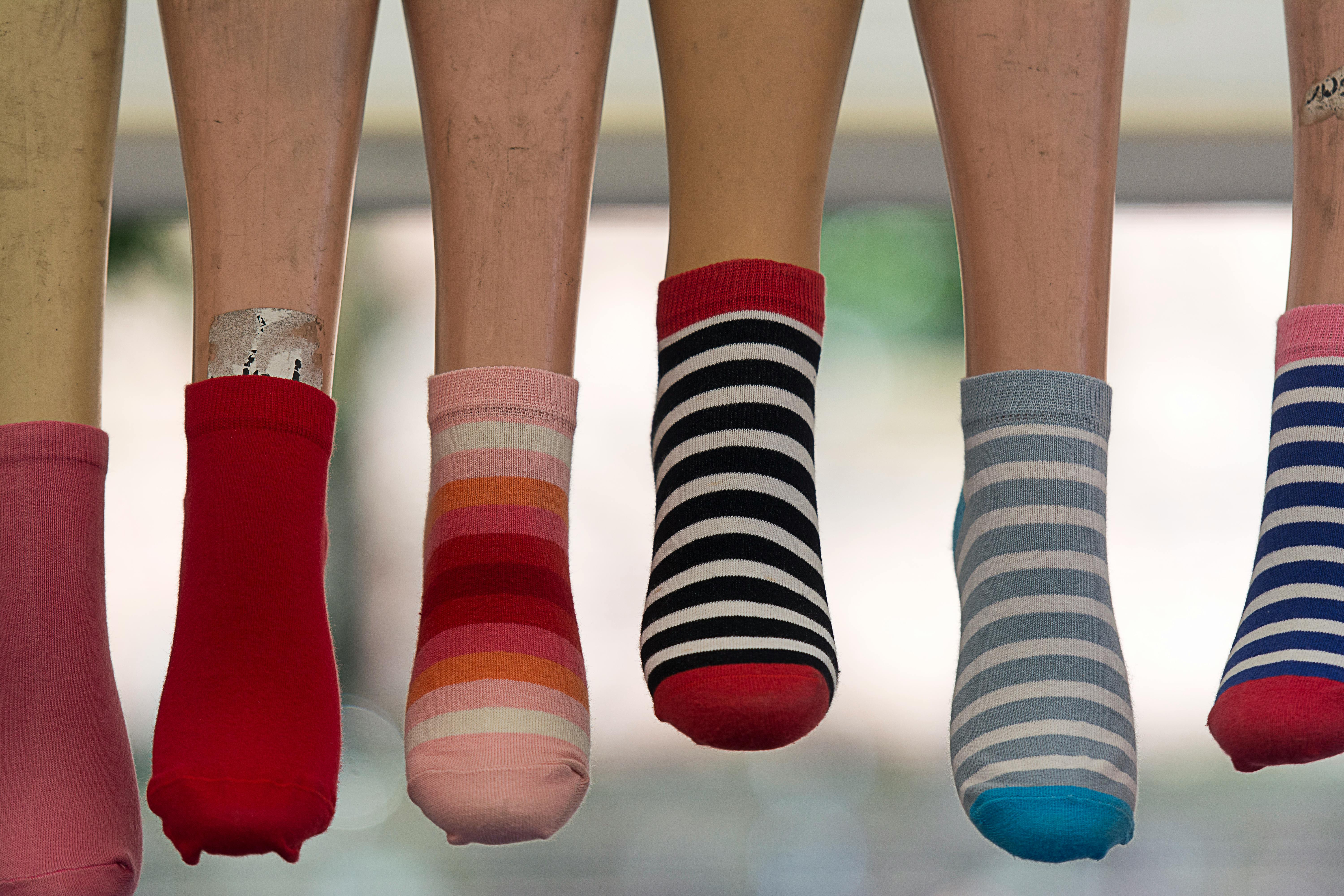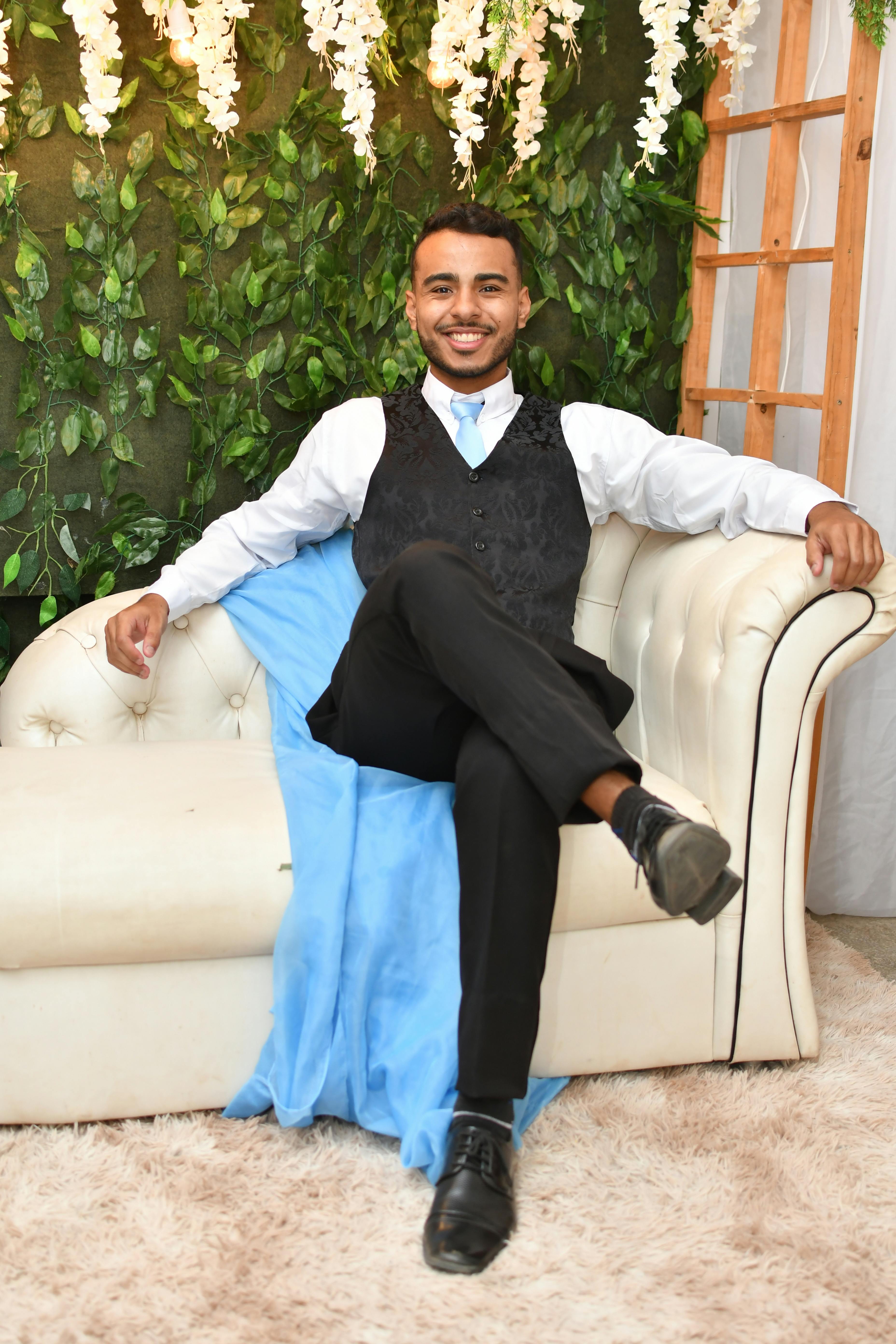Imagine a world where you can relieve your stress and improve your health simply by stimulating certain areas on your feet, hands, and ears. This is the fascinating world of reflexology. Through applying pressure to specific reflex points, reflexology aims to restore balance and promote healing throughout the body. Discover the hidden power of this ancient healing practice and unlock the potential for a healthier, more harmonious you.
What is Reflexology?
Reflexology is a holistic healing practice that involves applying pressure to specific areas of the feet, hands, and ears. It is based on the idea that these areas, known as reflex points, correspond to different organs and systems in the body. By applying pressure and stimulating these reflex points, reflexologists believe they can promote relaxation, improve circulation, and support the body’s natural healing process.
Definition of reflexology
Reflexology is a non-invasive complementary therapy that involves the application of pressure to specific areas on the feet, hands, and ears. These areas, known as reflex points, are believed to correspond to different organs and systems in the body. By stimulating these reflex points, reflexologists aim to promote a state of balance and harmony within the body, stimulating the body’s natural healing mechanisms and improving overall wellbeing.
History of reflexology
The origins of reflexology can be traced back thousands of years to ancient Egypt, China, and other civilizations. The concept of reflexology is based on the principles of energy flow and balance within the body. Ancient healers believed that by manipulating certain points on the feet, hands, and ears, they could influence the flow of energy and promote healing. Reflexology has evolved and been influenced by various cultures and healing traditions throughout history, and today it is widely practiced around the world.
Basic principles of reflexology
Reflexologists work on the belief that there are specific zones and points on the feet, hands, and ears that correspond to different organs, glands, and systems in the body. These reflex points are thought to be interconnected with the body through energy pathways, and by applying pressure to them, reflexologists aim to stimulate the body’s natural healing process. Reflexology is based on the principles of promoting relaxation, improving circulation, and restoring balance to the body’s systems.
How Does Reflexology Work?
Overview of the reflexology process
During a reflexology session, the reflexologist will apply pressure to specific reflex points on the client’s feet, hands, or ears using their hands, fingers, or specialized reflexology tools. The pressure is applied in a systematic and rhythmic manner, and the reflexologist may also use techniques such as kneading, stretching, and rotation to further stimulate the reflex points. The pressure applied to the reflex points is believed to send signals to the corresponding organs and systems, promoting relaxation and encouraging healing.
Understanding reflex points
Reflex points are specific areas on the feet, hands, and ears that are believed to correspond to different parts of the body. For example, the tips of the toes are thought to represent the head and neck, while the ball of the foot is said to correspond to the heart and chest. Reflexologists use charts and diagrams to identify these reflex points, which serve as a guide during a reflexology session. By applying pressure to these reflex points, reflexologists believe they can stimulate the corresponding organs and systems and promote healing.
Linked zones and corresponding body parts
Reflexology is based on the concept of zones, which are longitudinal lines that run from the top of the head to the tips of the toes, dividing the body into different sections. Each zone is associated with specific body parts and systems, and reflexologists use these zones to locate and target the corresponding reflex points. For example, the solar plexus reflex point on the foot is located in the zone that corresponds to the stomach, liver, and gallbladder. By working on the reflex point in this zone, reflexologists aim to support the health and functioning of these organs.
Mechanisms of action in reflexology
The mechanisms of action in reflexology are not yet fully understood, but there are several theories that explain how it may work. One theory suggests that reflexology stimulates the release of endorphins, which are natural pain-relieving and mood-enhancing substances produced by the body. By promoting the release of endorphins, reflexology may help to reduce pain and promote a sense of wellbeing. Another theory proposes that reflexology improves circulation and lymphatic flow, helping to remove toxins and waste products from the body and supporting overall health. Reflexology may also work by stimulating the body’s own healing mechanisms, promoting relaxation, and reducing stress.

Benefits of Reflexology
Pain relief
One of the key benefits of reflexology is its ability to provide pain relief. By stimulating the reflex points, reflexologists aim to relieve tension, reduce inflammation, and promote the body’s natural pain-relieving mechanisms. Reflexology has been found to be effective in relieving pain caused by conditions such as headaches, migraines, back pain, and muscle tension.
Stress reduction
In today’s fast-paced world, stress is a common complaint for many people. Reflexology can be a valuable tool in managing stress and promoting relaxation. By stimulating the reflex points, reflexologists aim to reduce stress levels, promote a sense of calmness, and improve overall wellbeing. Reflexology has been found to be effective in reducing stress-related symptoms such as anxiety, tension, and insomnia.
Improved circulation
Improved circulation is another benefit of reflexology. By stimulating the reflex points, reflexologists aim to enhance blood flow and lymphatic drainage, helping to remove toxins and waste products from the body and promote overall health. Reflexology has been found to be effective in improving circulation, which can benefit various body systems, including the cardiovascular, respiratory, and immune systems.
Enhanced immunity
Reflexology can also help to enhance the immune system. By stimulating the reflex points, reflexologists aim to support the body’s natural defense mechanisms and improve immune function. Reflexology has been found to be effective in boosting the immune system, reducing the frequency and severity of illnesses, and improving overall health.
Balancing body systems
Another key benefit of reflexology is its ability to balance the body’s systems. By stimulating the reflex points, reflexologists aim to restore balance and harmony within the body, promoting optimal health and wellbeing. Reflexology has been found to be effective in balancing the nervous system, endocrine system, and digestive system, among others.
Overall wellbeing
Reflexology can have a positive impact on overall wellbeing. By promoting relaxation, reducing stress, improving circulation, and supporting the body’s natural healing process, reflexology can help to improve physical, mental, and emotional health. Many people report feelings of increased energy, improved mood, and a general sense of wellbeing after a reflexology session.
Conditions Treated with Reflexology
Headaches and migraines
Reflexology has been found to be effective in relieving tension headaches, migraines, and other types of headaches. By stimulating specific reflex points on the feet, hands, and ears, reflexologists aim to reduce pain and tension in the head and neck area.
Digestive issues
Reflexology can also be beneficial for digestive issues such as indigestion, bloating, and constipation. By targeting reflex points that correspond to the digestive organs, reflexologists aim to improve digestion, enhance nutrient absorption, and promote overall gut health.
Back and neck pain
Back pain and neck pain are common complaints that can greatly affect quality of life. Reflexology has been found to be effective in relieving pain and tension in the back and neck area. By stimulating reflex points that correspond to the spine and surrounding muscles, reflexologists aim to reduce pain and promote relaxation.
Sleep disorders
Many people struggle with sleep disorders such as insomnia and restless leg syndrome. Reflexology can help to promote relaxation, reduce anxiety, and improve sleep quality. By stimulating reflex points that correspond to the nervous system and the sleep-wake cycle, reflexologists aim to improve sleep patterns and promote restful sleep.
Hormonal imbalances
Hormonal imbalances can lead to a variety of symptoms such as mood swings, fatigue, and irregular menstrual cycles. Reflexology has been found to be effective in balancing hormones and reducing symptoms associated with hormonal imbalances. By working on reflex points that correspond to the endocrine system, reflexologists aim to support hormonal health and improve overall wellbeing.
Anxiety and depression
Reflexology can be a beneficial adjunct therapy for those dealing with anxiety and depression. By promoting relaxation, reducing stress, and improving overall wellbeing, reflexology can help to alleviate symptoms of anxiety and depression. By targeting reflex points that correspond to the nervous system and promoting the release of endorphins, reflexologists aim to improve mood and enhance mental health.

The Reflexology Session
Initial consultation
A reflexology session typically begins with an initial consultation. This allows the reflexologist to gather information about the client’s health history, current symptoms, and goals for the session. The reflexologist may ask questions about the client’s lifestyle, diet, and any medications or supplements they are taking. This information helps the reflexologist customize the session to meet the client’s needs.
Treatment process
Once the initial consultation is complete, the reflexologist will begin the treatment process. The client will usually lie or sit comfortably, fully clothed, while the reflexologist applies pressure to the reflex points on their feet, hands, or ears. The reflexologist will use their hands, fingers, or specialized tools to apply pressure in a systematic and rhythmic manner. The pressure may vary depending on the client’s comfort level and specific needs.
Duration of a typical session
The duration of a reflexology session can vary depending on the client’s needs and preferences. Generally, a session lasts between 45 minutes to an hour. However, shorter or longer sessions can be arranged based on individual client requirements.
Frequency of sessions
The frequency of reflexology sessions can vary depending on the client’s goals and the specific condition being treated. For general relaxation and wellbeing maintenance, monthly sessions may be sufficient. However, for specific conditions or to address chronic issues, more frequent sessions may be recommended initially. The reflexologist will work with the client to develop a treatment plan that suits their individual needs.
Preparing for a session
To prepare for a reflexology session, it is recommended to wear loose and comfortable clothing that can be easily rolled up or removed to access the feet and lower legs. It is also advisable to avoid eating a heavy meal immediately before the session, as the deep relaxation experienced during the session may interfere with the digestion process.
What to expect during a session
During a reflexology session, clients can expect to experience a deep sense of relaxation. The pressure applied to the reflex points may range from gentle to firm, depending on the client’s preferences and needs. It is common to feel sensations such as warmth, tingling, or a mild discomfort during the session, as the reflexologist stimulates the reflex points. These sensations are usually temporary and indicate that the body is responding to the treatment.
Reflexology Techniques
Thumb and finger techniques
One of the primary techniques used in reflexology involves the use of thumbs and fingers to apply pressure to the reflex points on the feet, hands, or ears. The reflexologist will use their thumbs and fingers to work on specific areas, applying pressure in a rhythmic and systematic manner. This technique allows for precise targeting of the reflex points and can be adjusted to suit the client’s needs and comfort level.
Hand reflexology
Hand reflexology is a variation of reflexology that focuses on the reflex points on the hands. This technique is particularly useful for individuals who have sensitive feet or foot conditions that prevent them from receiving foot reflexology. Hand reflexology is believed to have the same benefits as foot reflexology and can be an effective alternative for those unable to receive foot reflexology.
Foot reflexology
Foot reflexology is the most commonly practiced form of reflexology. It involves applying pressure to the reflex points on the feet using the thumbs, fingers, or specialized tools. Foot reflexology is believed to stimulate the corresponding organs and systems in the body, promoting relaxation, improving circulation, and supporting the body’s natural healing process.
Ear reflexology
Ear reflexology, also known as auricular reflexology, focuses on the reflex points on the ears. This technique is based on the theory that the ears contain microsystems that correspond to the entire body. By stimulating the reflex points on the ears, reflexologists aim to promote healing and balance in the corresponding body parts and systems.
Reflexology tools and aids
In addition to using their hands and fingers, reflexologists may also utilize tools and aids to enhance the effectiveness of the session. These can include wooden or metal tools, such as reflexology sticks or rollers, which can be used to apply pressure to the reflex points with various levels of intensity. Other aids may include creams, oils, or lotions to facilitate the flow of movement during the session.

Training and Certification
Reflexology education and training programs
To become a qualified reflexologist, individuals can pursue training and education programs that specialize in reflexology. These programs typically cover essential anatomy and physiology, reflexology techniques, reflex point localization, and practical hands-on training. Reflexology programs may be offered by private institutions, vocational schools, or colleges and can range from a few months to a year in duration.
Certification and credentialing
After completing an education and training program in reflexology, individuals can pursue certification or credentials to demonstrate their competency and professionalism. Certification requirements may vary depending on the country or region, and some countries may have specific regulatory bodies that oversee the practice of reflexology. Certification usually involves passing written and practical exams to demonstrate knowledge and skills in reflexology.
Continuing education and professional development
To maintain their certification and stay up to date with the latest developments in the field, reflexologists are encouraged to participate in continuing education and professional development activities. This can include attending workshops, conferences, and seminars, as well as reading relevant research and publications. Continuing education ensures that reflexologists continue to provide safe, effective, and evidence-based care to their clients.
Safety and Precautions
Contraindications and precautions
While reflexology is generally considered safe, there are certain contraindications and precautions that should be taken into consideration. Reflexology is not recommended for individuals with open wounds or cuts on their feet, as well as those with certain medical conditions such as foot fractures, severe cellulitis, or deep vein thrombosis. Pregnant women, individuals with pacemakers, and those with certain medical conditions should consult with a healthcare professional before undergoing reflexology.
Pregnancy and reflexology
Reflexology can be a beneficial therapy for pregnant women, as it can help alleviate common discomforts such as back pain, swollen ankles, and nausea. However, it is important for pregnant women to seek out a reflexologist who is trained and experienced in working with pregnant clients. Certain reflex points should be avoided during pregnancy, and the reflexologist should be knowledgeable about the specific needs and considerations of pregnant women.
Reflexology for children and infants
Reflexology can also be beneficial for children and infants, helping to promote relaxation, improve sleep, and support overall wellbeing. However, it is important to seek out a reflexologist with experience in working with children and infants, as their reflex points and responses can differ from adults. Reflexology should always be performed with gentle pressure and in a safe and comforting environment.
Consulting a healthcare professional
While reflexology can be beneficial for a variety of conditions, it is important to remember that it is a complementary therapy and should not replace medical treatment or advice. If you have any concerns about your health or specific medical conditions, it is always advisable to consult with a healthcare professional before undergoing reflexology or any other form of complementary therapy.

Research on Reflexology
Scientific studies and evidence
There is a growing body of scientific research examining the effects and benefits of reflexology. Many studies have demonstrated positive outcomes, including pain reduction, improved circulation, and reduced stress levels. Scientific research has also shown the effectiveness of reflexology in various populations, including individuals with chronic conditions such as multiple sclerosis and cancer.
Effectiveness of reflexology
The effectiveness of reflexology can vary depending on the individual and the specific condition being treated. While reflexology has been found to be beneficial for many people, it may not provide the same results for everyone. Factors such as the severity of the condition, the individual’s receptiveness to the therapy, and the skill level of the reflexologist can all influence the effectiveness of the treatment.
Limitations and controversies
Like any form of complementary therapy, reflexology has its limitations and controversies. Some critics argue that the effects of reflexology may be attributed to a placebo effect or general relaxation rather than specific physiological changes. Additionally, there is debate within the reflexology community regarding the exact location of the reflex points and the specific mechanisms of action involved. Further research is needed to fully understand the underlying mechanisms and effects of reflexology.
Incorporating Reflexology into Your Life
Finding a qualified reflexologist
When incorporating reflexology into your life, it is important to find a qualified and experienced reflexologist. Look for professionals who have completed comprehensive education and training programs in reflexology and who hold relevant certifications or credentials. Additionally, consider seeking recommendations from trusted sources, such as healthcare professionals or friends who have had positive experiences with reflexology.
Self-reflexology techniques
In addition to working with a professional reflexologist, you can also incorporate self-reflexology techniques into your daily routine. These techniques involve applying pressure to specific reflex points on your own feet, hands, or ears. Tools such as reflexology sticks or rollers can be used to enhance the effectiveness of self-reflexology. However, it is important to seek guidance from a qualified reflexologist to ensure proper technique and safety precautions.
Using reflexology at home
Reflexology can be practiced at home as a self-care technique. By learning about the reflex points and techniques, you can provide yourself with regular sessions to promote relaxation and wellbeing. There are also reflexology charts and diagrams available that can help guide you in targeting specific reflex points. Incorporating reflexology into your daily routine can be a valuable tool for self-care and stress management.
Integration with other therapies
Reflexology can be integrated with other complementary therapies and conventional medical treatments to enhance overall health and wellbeing. Many individuals find that reflexology complements other therapies such as massage, acupuncture, and chiropractic care. It is important to communicate with all healthcare providers involved in your care to ensure that reflexology is integrated safely and effectively.
In conclusion, reflexology is a holistic healing practice that involves applying pressure to specific areas of the feet, hands, and ears. It is based on the principles of energy flow and balance within the body, aiming to promote relaxation, improve circulation, and support the body’s natural healing process. Reflexology has numerous benefits, including pain relief, stress reduction, improved circulation, enhanced immunity, and balancing the body’s systems. It can be used to treat conditions such as headaches, digestive issues, back and neck pain, sleep disorders, hormonal imbalances, anxiety, and depression. Reflexology sessions typically include an initial consultation, treatment process, and long-term treatment plan. The techniques used in reflexology include thumb and finger techniques, hand reflexology, foot reflexology, and ear reflexology. Reflexologists can receive training and certification to ensure their competence and professionalism. While reflexology is generally safe, it is important to consider contraindications, consult healthcare professionals, and be aware of the current research and controversies surrounding reflexology. Incorporating reflexology into your life can involve finding a qualified reflexologist, practicing self-reflexology techniques, using reflexology at home, and integrating it with other therapies. Reflexology offers a holistic approach to improve overall wellbeing and support the body’s natural healing abilities.

